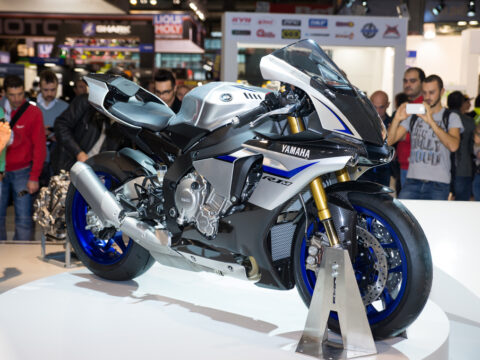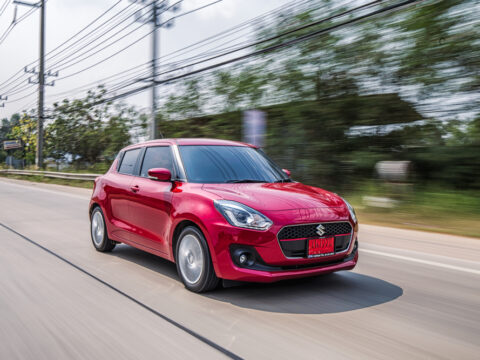We’ve all encountered drivers on the road who seem to disregard common courtesy and safety. From aggressive tailgaters to inattentive texters, these types of drivers can leave us feeling infuriated. Here are some of the most frustrating types of drivers that everyone wishes to avoid.
Contents
The Tailgater
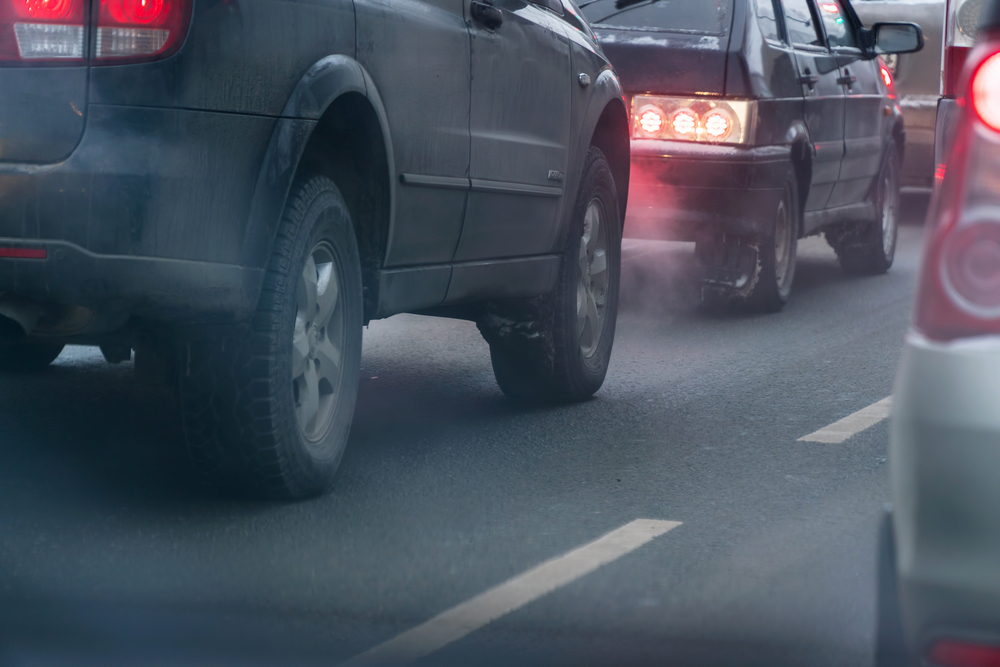
Tailgaters drive dangerously close to the car in front of them, creating a high-risk situation for rear-end collisions. This behavior often stems from impatience or aggression. To avoid being a tailgater, maintain a safe following distance—at least three seconds behind the vehicle ahead. If you encounter a tailgater, stay calm, signal, and safely change lanes to let them pass. Avoid brake-checking or escalating the situation.
The Lane Weaver

Lane weavers constantly switch lanes, often without signaling, in an attempt to get ahead in traffic. This erratic behavior can cause confusion and accidents. To avoid being a lane weaver, stay in your lane unless it’s necessary to change, and always use your turn signals. When encountering a lane weaver, keep a safe distance and be prepared for sudden movements. Stay vigilant and patient.
The Distracted Driver
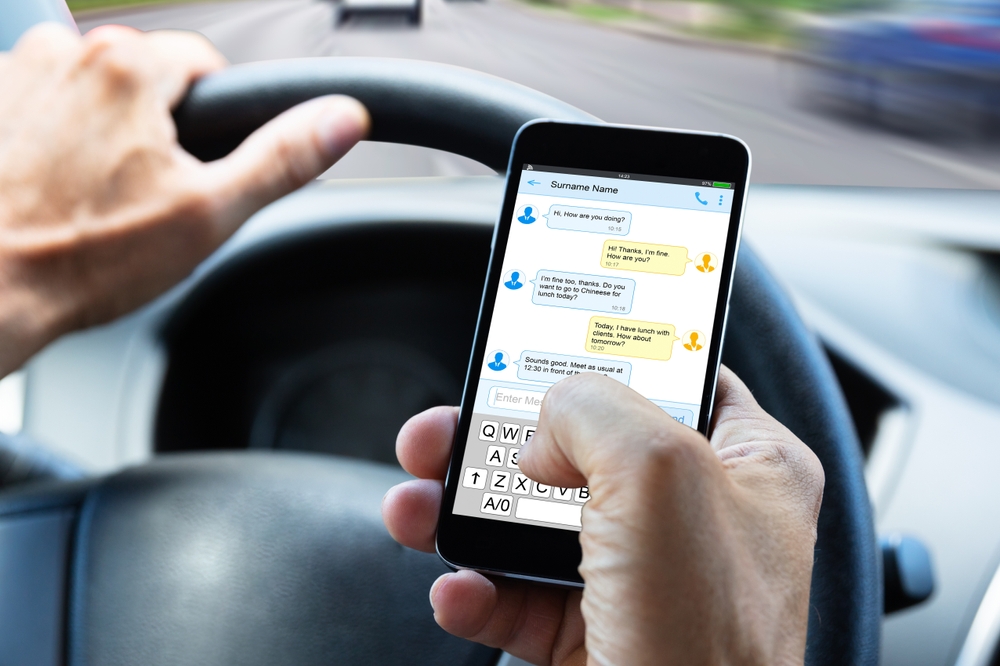
Distracted drivers use their phones, eat, or engage in other activities while driving, leading to slow reactions and dangerous situations. To avoid being a distracted driver, keep your focus on the road and minimize distractions. Use hands-free devices if you must take a call. When you see a distracted driver, increase your following distance and be cautious, anticipating potential erratic behavior.
The Speed Demon
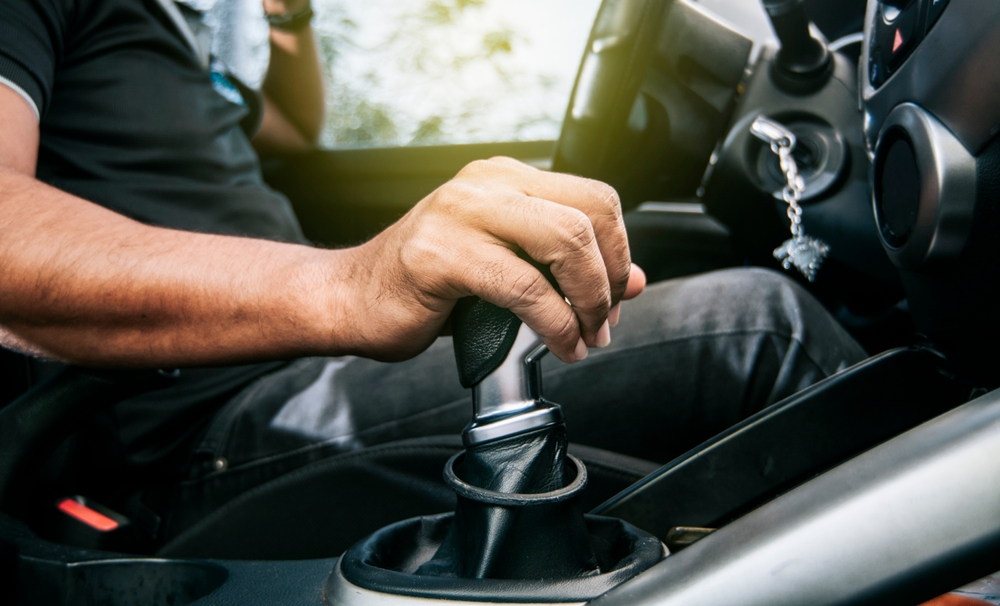
Speed demons exceed speed limits, weaving through traffic and increasing the risk of accidents. To avoid being a speed demon, adhere to posted speed limits and adjust your speed based on road conditions. When encountering a speed demon, maintain a safe distance and let them pass. Avoid the temptation to race or engage with them.
The Slow Poke
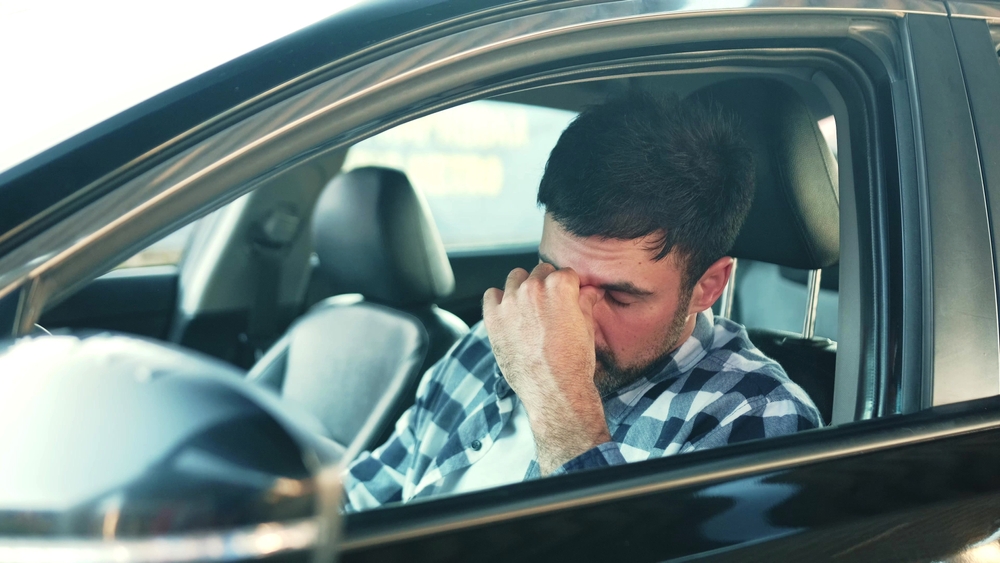
Slow pokes drive significantly below the speed limit, often causing traffic backups and frustration. To avoid being a slow poke, drive at a speed that matches the flow of traffic, while still adhering to speed limits. If you encounter a slow poke, remain patient and pass them safely when it’s legal and safe to do so. Use signals and check your blind spots.
The Left-Lane Hogger

Left-lane hoggers stay in the passing lane without moving over, blocking faster traffic. To avoid being a left-lane hogger, use the left lane only for passing and then return to the right lane. When encountering a left-lane hogger, avoid aggressive gestures or tailgating. Pass them on the right if it’s safe and legal, and then move back to the left lane.
The Non-Signal User
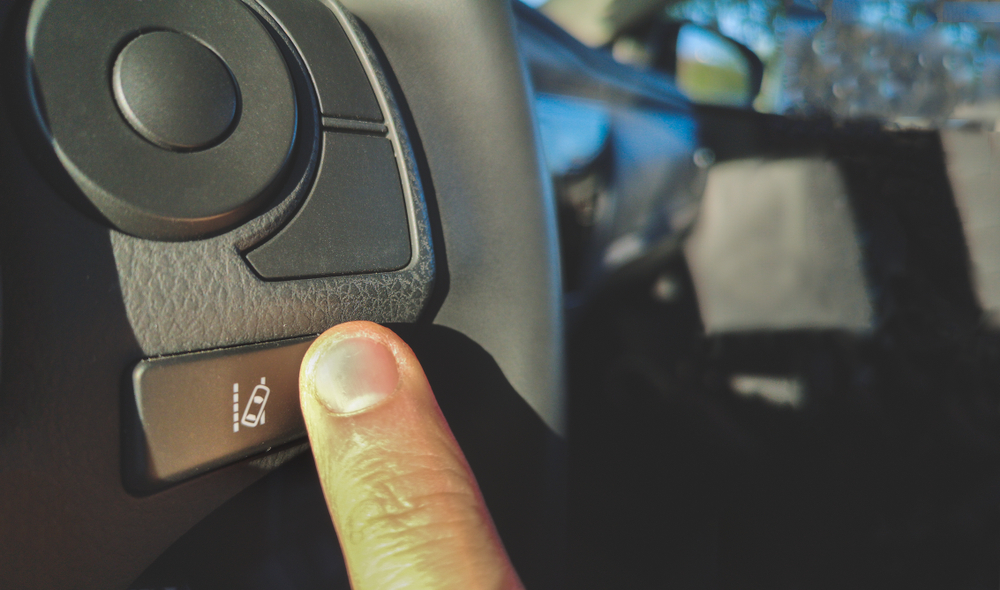
Non-signal users change lanes or turn without signaling, creating confusion and potential accidents. To avoid being this type of driver, always use your turn signals well in advance of any lane change or turn. When you encounter a non-signal user, stay alert and give them extra space, anticipating their unpredictable movements.
The Road Rager

Road ragers express their anger through aggressive driving, honking, and rude gestures. To avoid becoming a road rager, practice patience and remain calm, even in frustrating situations. If you encounter a road rager, do not engage or retaliate. Maintain a safe distance and, if necessary, report their behavior to the authorities.
The Inconsistent Speedster

Inconsistent speedsters constantly vary their speed without reason, making it difficult to maintain a steady flow of traffic. To avoid being this type of driver, use cruise control when possible and maintain a consistent speed. When encountering an inconsistent speedster, keep a safe distance and be prepared to adjust your speed as needed.
The Last-Minute Merger
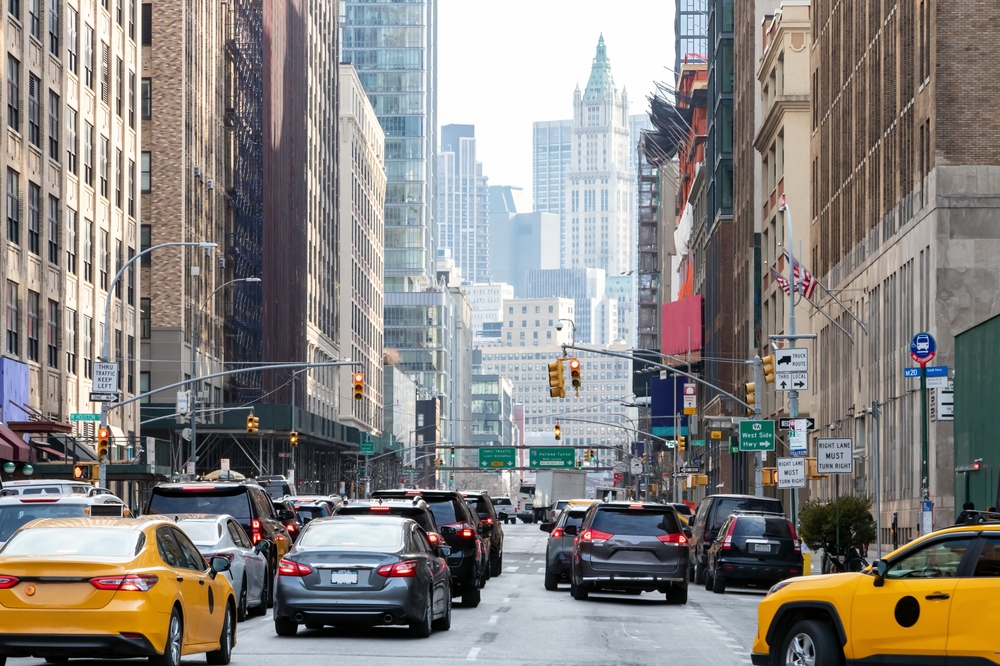
Last-minute mergers wait until the last possible moment to merge into traffic, often cutting off other drivers. To avoid being a last-minute merger, plan your lane changes well in advance and merge early. When encountering one, stay calm and let them merge safely. Avoid blocking them, as this can create more dangerous situations.
The Braker
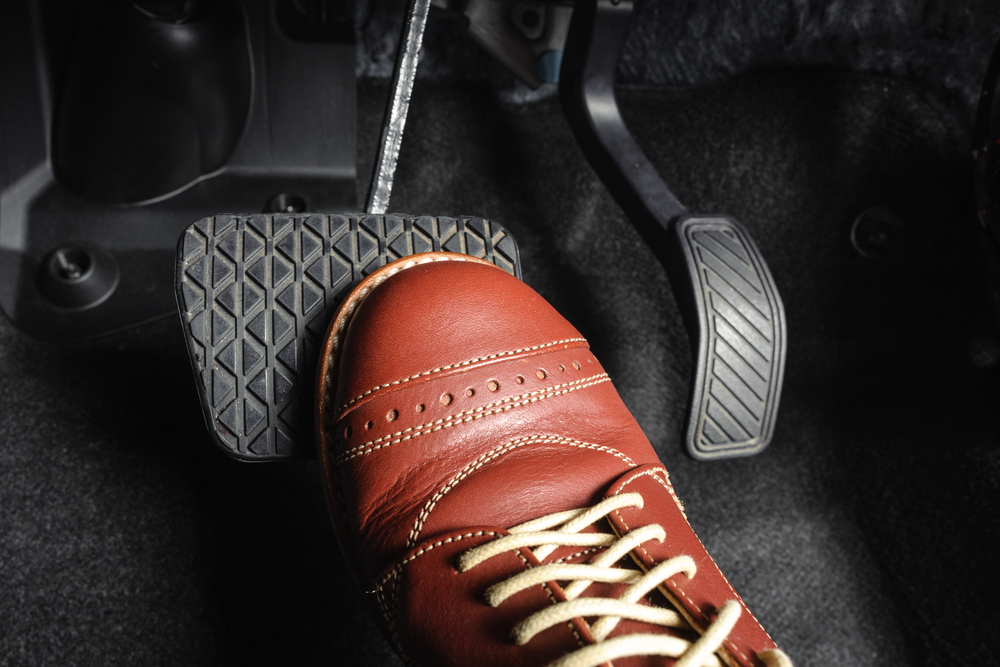
Brakers tap their brakes frequently and unnecessarily, causing confusion and potential accidents. To avoid being a braker, maintain a safe following distance and anticipate traffic flow to minimize sudden braking. When you encounter a braker, increase your following distance to give yourself more reaction time.
The Honker
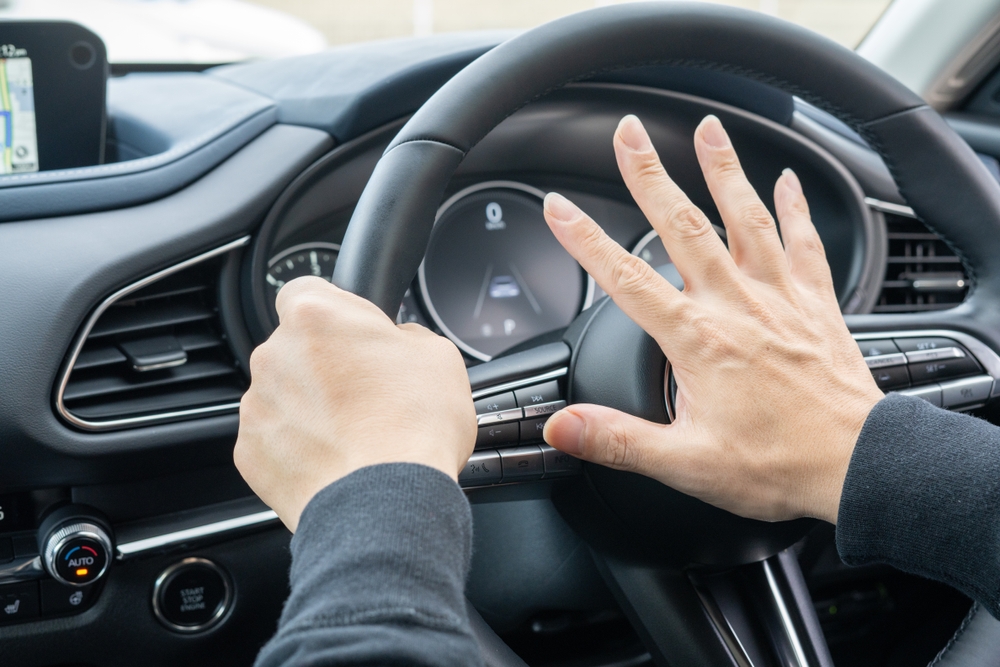
Honkers use their horn excessively, often out of frustration rather than for safety reasons. To avoid being a honker, use your horn sparingly and only when necessary to alert other drivers of potential hazards. When you encounter a honker, stay calm and avoid escalating the situation. Focus on driving safely and ignore unnecessary noise.
The Oblivious Driver

Oblivious drivers are unaware of their surroundings, failing to notice traffic signs, signals, or other vehicles. To avoid being an oblivious driver, stay attentive and constantly scan your surroundings. When you encounter an oblivious driver, give them extra space and be prepared for unpredictable actions.
The Intersection Blocker
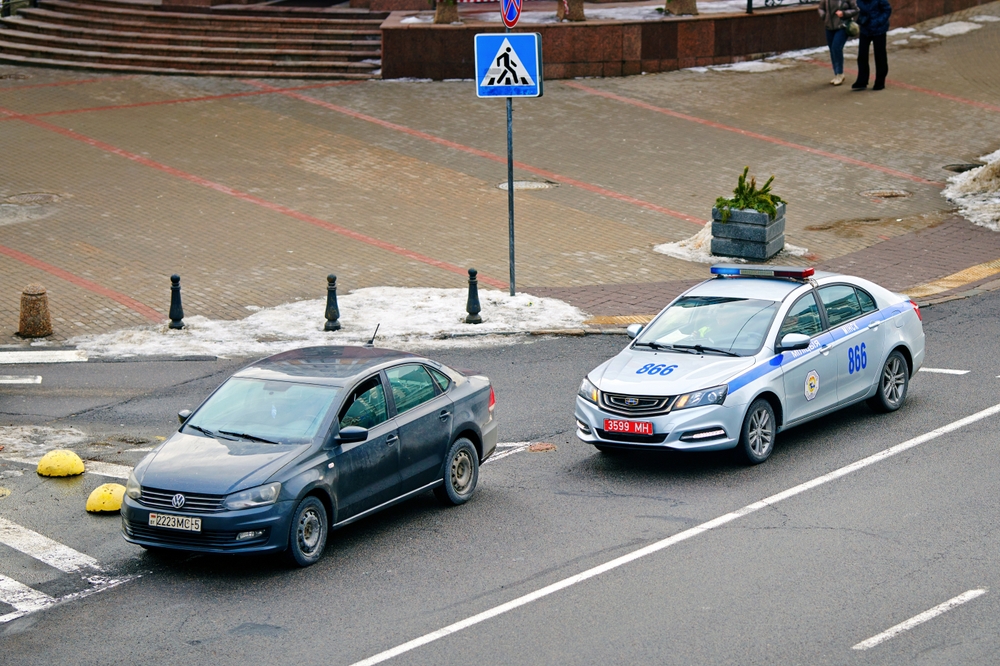
Intersection blockers stop in the middle of intersections, causing gridlock and frustration. To avoid being an intersection blocker, only enter intersections if you can clear them completely. When you encounter one, stay patient and wait for the blockage to clear before proceeding.
The No-Headlights Driver
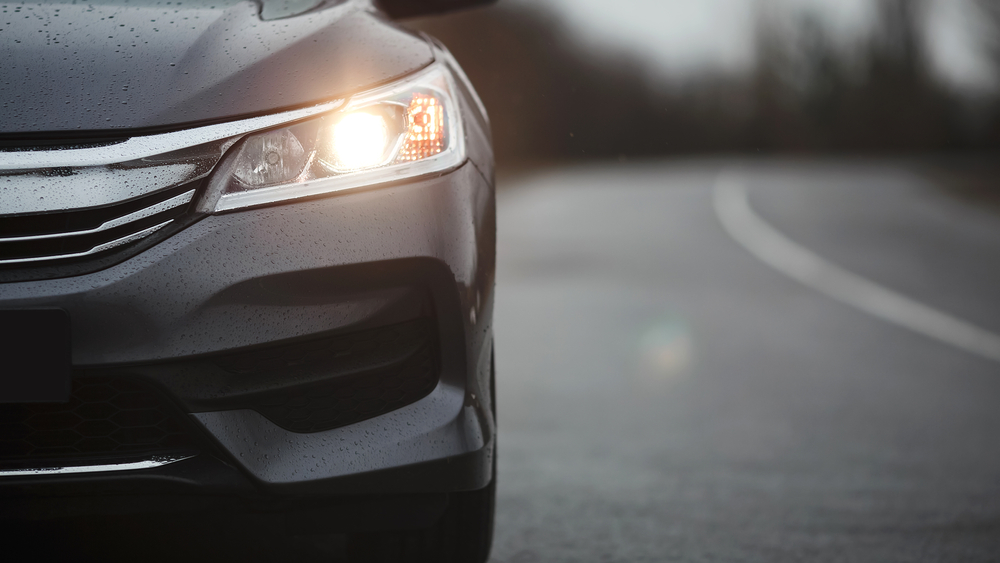
No-headlights drivers forget to turn on their headlights in low visibility conditions, making them hard to see. To avoid being this type of driver, ensure your headlights are on during dusk, dawn, and inclement weather. When you encounter a no-headlights driver, flash your lights to alert them, and give them extra space to avoid potential accidents.
The Shoulder Driver
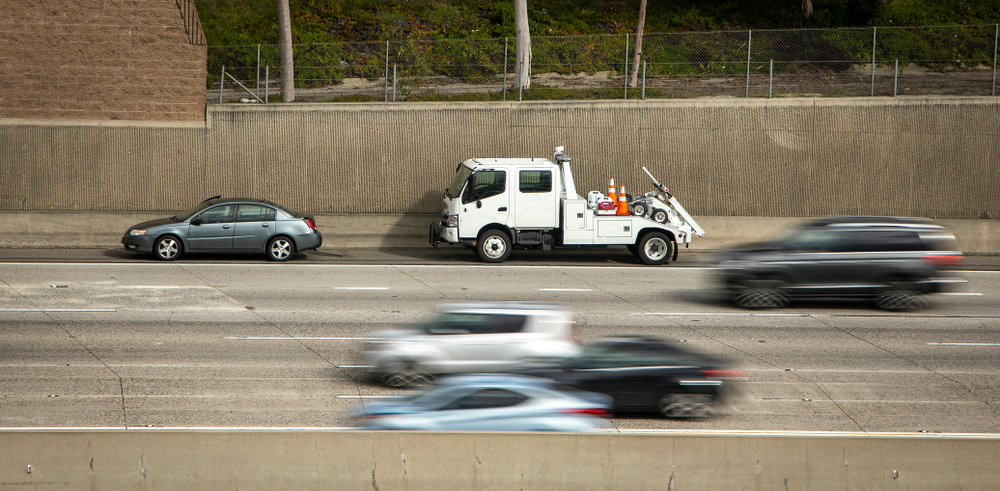
Shoulder drivers use the road shoulder to bypass traffic, creating dangerous situations. To avoid being a shoulder driver, stay in your lane and be patient during traffic delays. When you encounter a shoulder driver, do not follow their example. Stay in your lane and drive safely.
The Double Parker
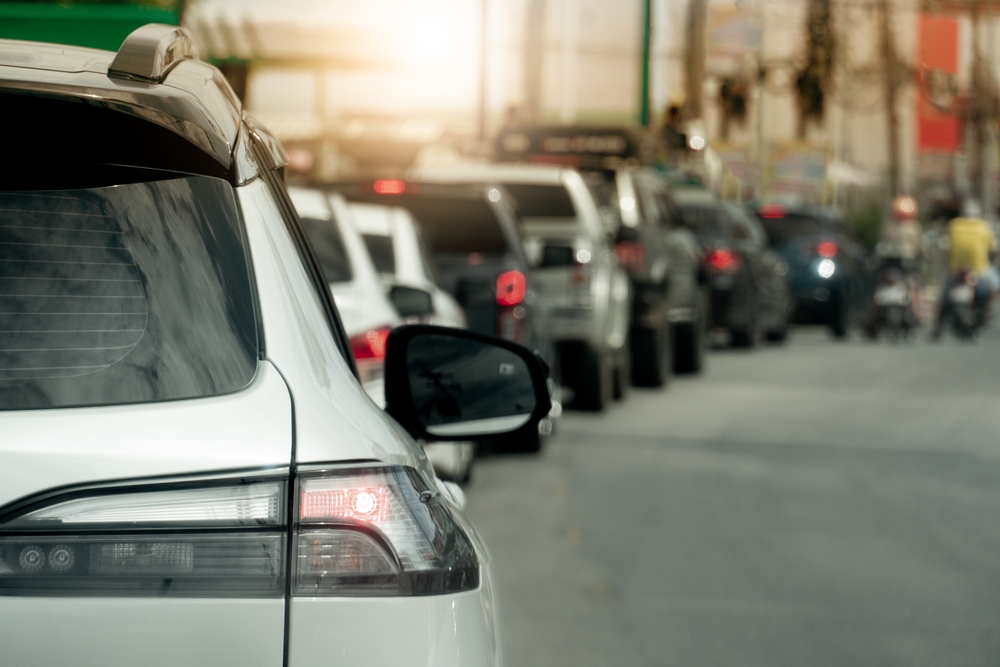
Double parkers leave their vehicles in traffic lanes, causing congestion and potential accidents. To avoid being a double parker, always find a legal parking spot, even if it means walking a bit further. When you encounter a double parker, navigate around them carefully and report repeated offenders to authorities if necessary.
The Rubbernecker
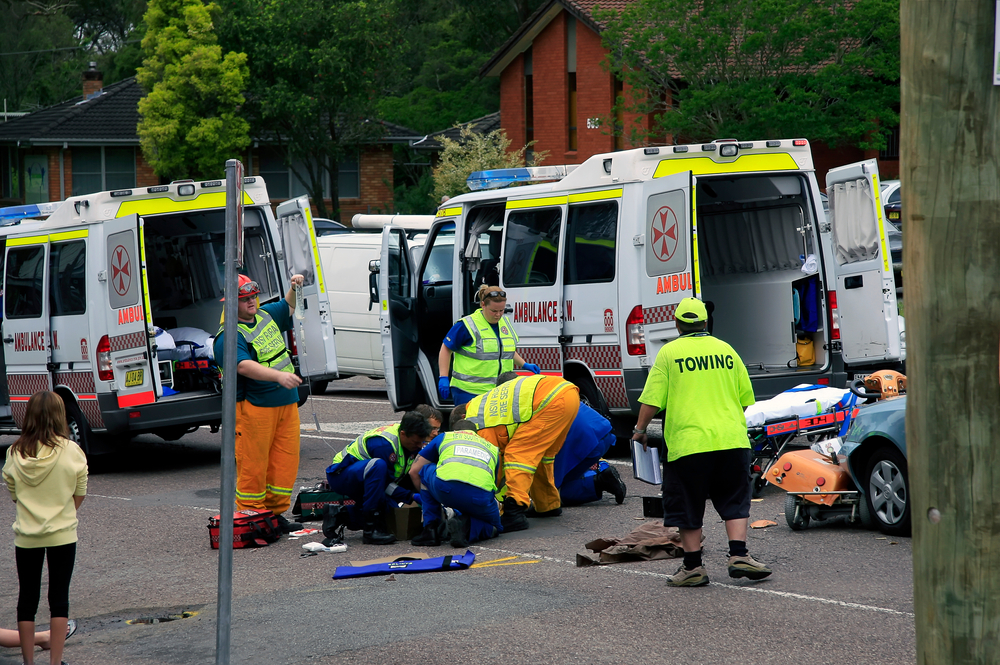
Rubberneckers slow down to gawk at accidents or roadside events, causing traffic delays and potential accidents. To avoid being a rubbernecker, keep your focus on the road and maintain a steady speed past any distractions. When you encounter rubberneckers, stay patient and avoid sudden lane changes.
The Early Braker

Early brakers hit their brakes far too soon before an actual stop, confusing drivers behind them. To avoid being an early braker, anticipate stops and brake smoothly and progressively. When you encounter an early braker, increase your following distance to avoid sudden stops.
The Red-Light Runner
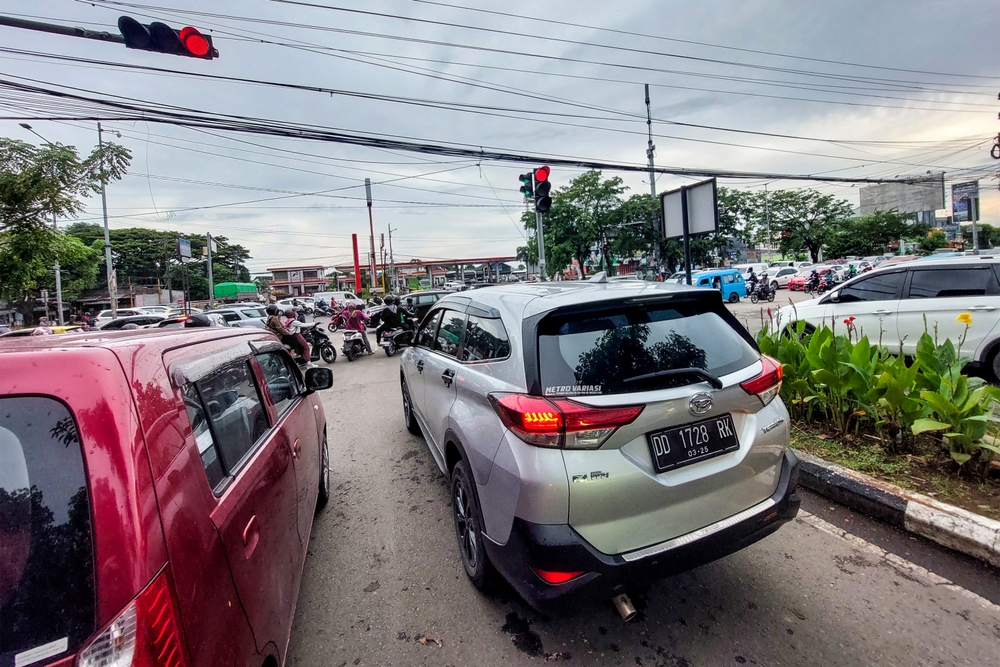
Red-light runners ignore traffic signals, creating dangerous intersections. To avoid being a red-light runner, always stop at yellow lights unless it’s unsafe to do so, and never run red lights. When you encounter a red-light runner, be vigilant at intersections and wait a moment after the light turns green before proceeding.
This article originally appeared on MyCarMakesNoise.
More from MyCarMakesNoise
25 Underrated Cars Worth Your Attention
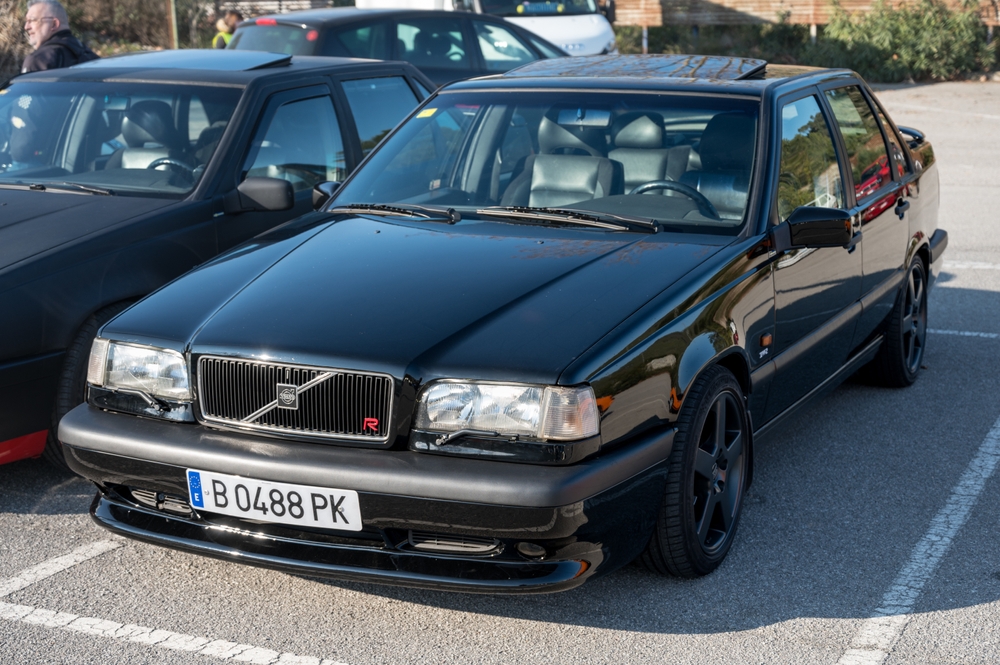
In the expansive world of automobiles, there are some exceptional cars that often go unnoticed, and are overshadowed by their more popular counterparts. These underrated gems offer incredible performance, unique features, and unbeatable value, making them excellent choices for savvy car buyers. Read More.
20 Legendary Ships That Made History

Throughout history, certain ships have captured the imagination and left an indelible mark on the world. These vessels embarked on epic voyages, played pivotal roles in significant events, and became symbols of adventure and discovery. Read More.
15 Surprising Facts About Cruise Ship Operations

Cruise ships are floating marvels of modern engineering, but there’s more to them than meets the eye. Behind the scenes, these vessels operate with precision and complexity that most passengers never see. Read More.


